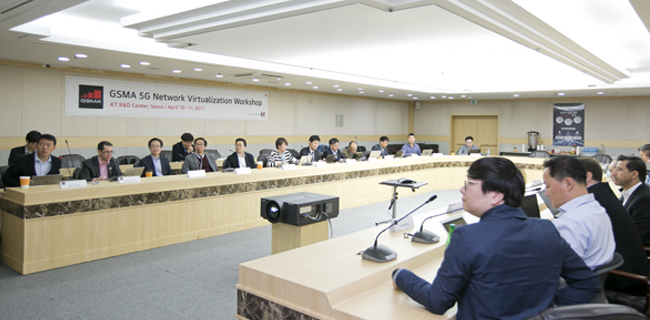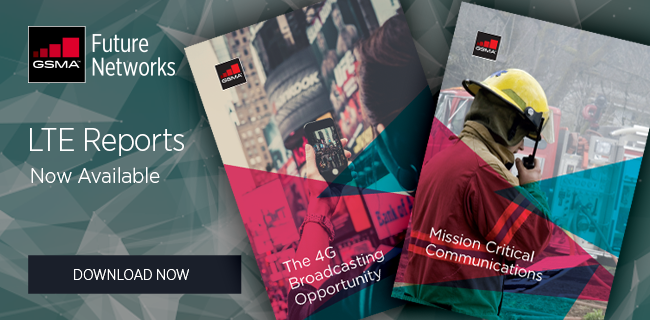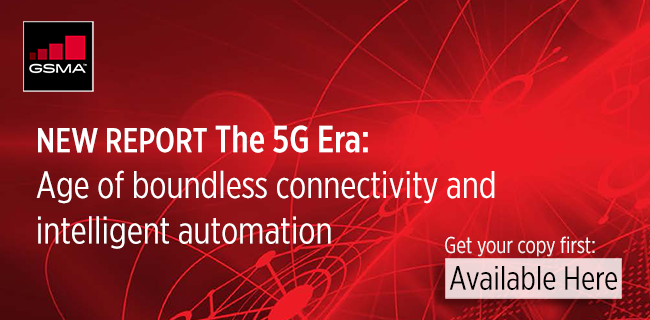 |
By Michele Zarri, Technical Director, GSMA Future Networks Programme |
The GSMA recently released a whitepaper on network virtualisation titled, “Considerations, Best Practices and Requirements for a Virtualised Mobile Network.” The document identified the key actions needed to remove the technical barriers slowing down the migration of mobile networks to a virtual infrastructure. In particular, it highlighted six key areas where potential issues may exist, including: management and network orchestrator requirements, virtualised network security, carrier grade NFV and reliability, migration, performance benchmarking and vertical interoperability.
Taking the whitepaper as a lead GSMA organised a 2 day workshop, which was hosted by KT in South Korea, with a number of mobile operators, infrastructure vendors and open source community representatives to agree the actions required to advance the deployment of virtualised networks. The session focused on three discussion points:
- Reliability Framework
The workshop discussed the need to create a reliability framework that helps operators to deploy carrier grade solutions. Also test cases that go beyond what is currently provided by open source initiatives will need to be defined and shared among GSMA members. The workshop agreed to produce a whitepaper covering these aspects. - Open Source Community
The need for the main open source communities (e.g. OpenStack, OPNFV) to take into consideration first and then prioritise operator requirements in their respective development cycle was considered by the workshop participants an essential element for securing the success of mobile network virtualisation.
The workshop requested GSMA to consider representing the operator community on the advisory board of the most influential open source organisations. - Network Slicing
Virtualisation will enable operators to create dynamic networks with characteristics matching the various requirements of the network user whether that is a person, machine or a company, for example. While network slicing will come to full maturity in the 5G era, the workshop also discussed how to facilitate the introduction of this technology in a harmonised manner.
GSMA presented to the workshop a project they intend to launch later in the year and invited members to contribute.
Future networks Programme will continue to work with GSMA members as well as standards development organisations and open source initiatives to facilitate a timely deployment of network virtualisation technology.
The Future Networks Programme plans to hold a further workshop once the reliability framework whitepaper has been finalised to discuss the progress of the activity and plan next steps for this initiative.
You might also like:
LTE Reports Available
Tuesday 14 March, 2017 | 5G Digest | Digest | Latest News
The next step in Mission Critical Communications One of the most crucial yet understated roles of mobile networks lies in their ability to provide ‘mission critical’ communications. Typically used by ‘blue light’ emergency and disaster response services, these communications ...
The 5G Era will bring boundless connectivity and intelligent automation
Sunday 26 February, 2017 | 5G Digest | Digest | Latest News
Henry Calvert, Senior Director Head of Network 2020 Mobile technology’s effect on society will get dramatically more beneficial if we allow 5G’s abundant connectivity and intelligence to improve the world, argues Henry Calvert, Senior Director, Head of Network 2020, GSMA. ...


